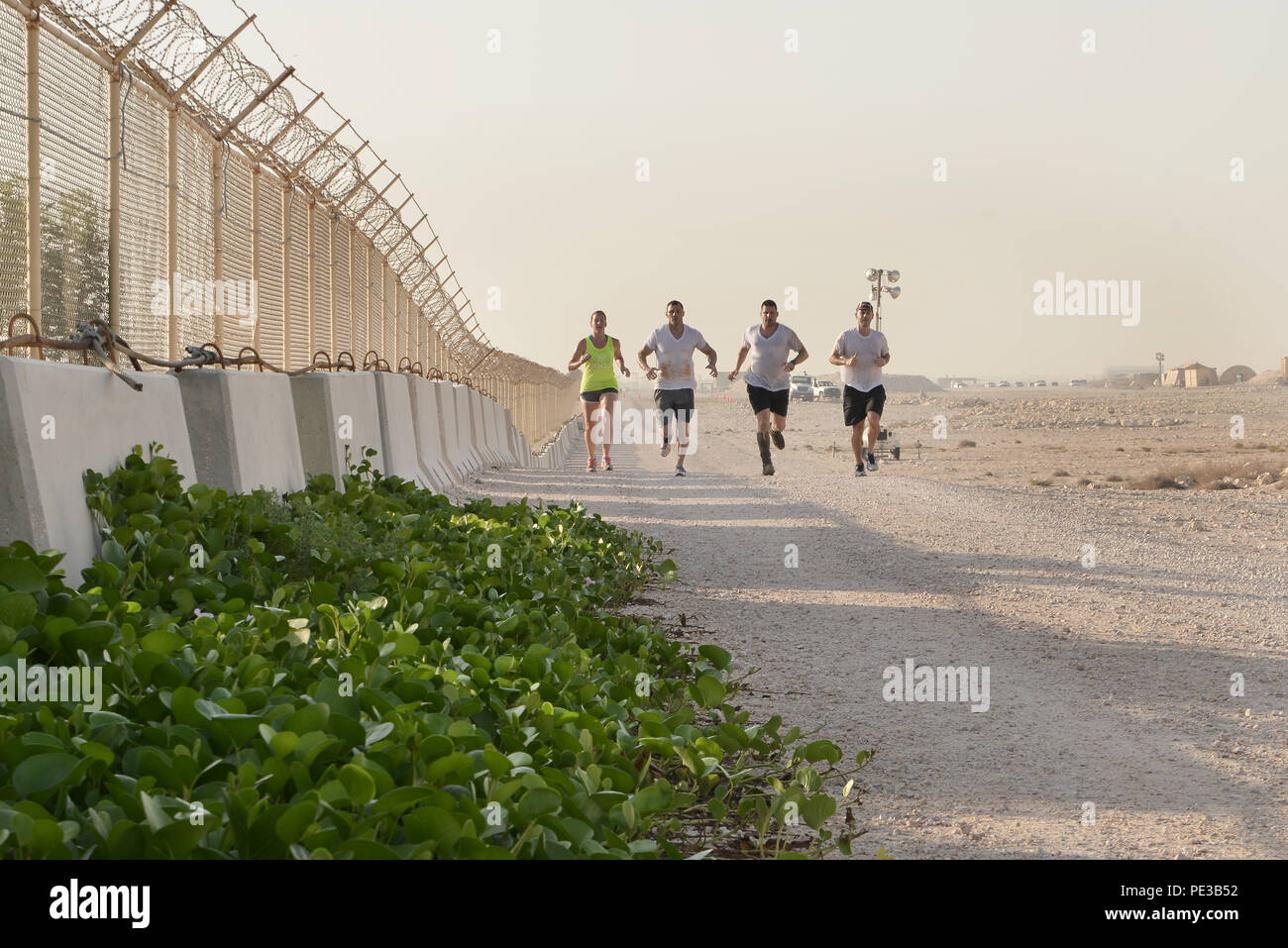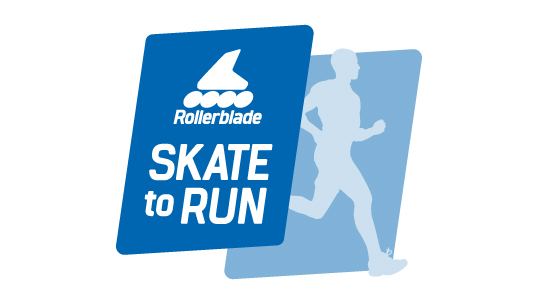
If possible, randomize the order of presentation so that each piece of content has a chance to be sorted earlier in the session. We would recommend 30 to 40 at the absolute outside, especially for an open sort. It is tempting to want the participant to sort "ALL" of your content, but be mindful of participant fatigue. You do not get information on why participants sort the cards the way they do, because you cannot see the participants or hear them thinking out loud.
#OTHER WORDS FOR RUNNING PARTICIPANTS SOFTWARE#
Using the software is an advantage because it analyzes the data for you.Īllows you to have many participants in many locations. Several software programs exist to help you with large-scale remote card-sorting studies. You can do open or closed card sorts remotely. Participants sort the cards independently on their own computers. Remote, Computer-based Sessions require participants to work independently. Group dynamics might come into play and should be monitored. Working collaboratively, or as a team, may quickly bring about grouping and labeling of main content areas. The facilitator may brief the participants at the beginning and debrief the participants at the end, but the participant together for most of the session. Group - Concurrent In-person Sessions have participants sort a set of cards as a group. You must have as many sets of cards as concurrent sessions or have each participant at a separate computer if using online card-sorting software. The facilitator may brief the participants at the beginning and debrief the participants at the end, but the participant works alone for most of the session.īecause of the limited interaction, you can have many sessions at the same time with one facilitator. Group / Independent - Concurrent In-person Sessions have participants sort a set of cards independently. This type of sort may be completed with physical cards or with online card-sorting software and the facilitator looking on and asking questions as needed. Participants think aloud while sorting, giving a clearer picture of their reactions and thought processes. One on Ones are in-person sessions with an observer. You could conduct an open card sort first to identify content categories and then use a closed card sort to see how well the category labels work. You may also choose to try a combination of the two. A closed card sort works best when you are working with a pre-defined set of categories, and you want to learn how users sort content items into each category.



To conduct a card sort, you can use actual cards, pieces of paper, or one of several online card-sorting software tools.Ĭard sorting will help you understand your users' expectations and understanding of your topics. In a card sorting session, participants organize topics into categories that make sense to them and they may also help you label these groups.

Card sorting is a method used to help design or evaluate the information architecture of a site.


 0 kommentar(er)
0 kommentar(er)
